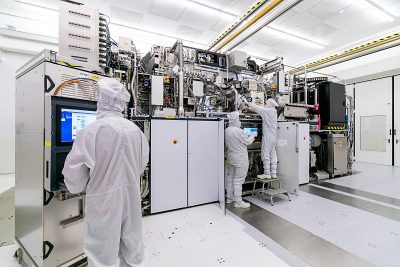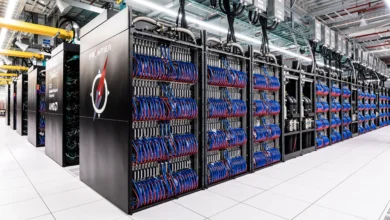
Semiconductor Subsidies: Socialism or Strategy?
The United States government has provided subsidies to the semiconductor industry for decades. The government recently announced a plan to invest $52 billion to boost domestic chip manufacturing. Some argue that these subsidies are a form of socialism, while others view them as a strategic investment to maintain technological dominance. This article will explore the history, pros and cons, and future of US chip subsidies.
The History of US Chip Subsidies
US chip subsidies date back to the 1980s when the government established the Sematech consortium to support research and development in the semiconductor industry. This initiative helped US chipmakers to compete globally and set the stage for future subsidies. Over the years, various US government agencies have offered tax breaks, research grants, and other forms of incentives to chip manufacturers. In 2017, the government passed the Tax Cuts and Jobs Act, which included provisions for capital investment incentives, including those for semiconductor manufacturing.
The Pros and Cons of US Chip Subsidies
The primary advantage of US chip subsidies is that they help to maintain technological superiority over other nations. As chips become an essential component of modern technology, their domestic production is key to national security and economic growth. Supporting the chip industry also creates jobs and helps stimulate innovation. However, critics argue that subsidies distort the market and lead to inefficiencies. They also claim subsidies favor large corporations and may not benefit smaller firms.
The Future of US Chip Subsidies and Technology Dominance
The recent $52 billion investment in the chip industry aims to address the current global chip shortage and establish the US as a leader in chip manufacturing. This initiative is part of a larger plan to boost domestic manufacturing and reduce reliance on foreign suppliers. The government also plans to increase investment in research and development to spur innovation. However, whether these subsidies will lead to long-term benefits or create unintended consequences remains.
US chip subsidies have been debated for many years, with strong arguments on both sides. While some view them as a form of socialism, others see them as a necessary strategic investment to maintain technological dominance. The recent $52 billion investment is a significant step towards securing the US’s position as a leader in chip manufacturing. However, it is crucial to ensure that these subsidies are used effectively and do not lead to market distortions or favoritism. As the semiconductor industry continues to evolve, it will be interesting to see how US chip subsidies adapt to meet future challenges.






